Zimbabwe’s commercial capital Bulawayo is called the City of the Kings for good reason. It wears an air of royalty, rich tradition and has a fabulous weather to match. And is home to Jack Tar.
Three things jumped out at me as soon as I left the airport – colonial style buildings, wide, quiet streets and free-flowing traffic. But there are few more reasons to completely fall in love with this city.
Getting a move on…
About Bulawayo
Bulawayo is one of the oldest established cities and was founded by King Lobengula (in 1870) after he succeeded King Mzilikazi. The city went by the name Gibixhegu and the king lived here until 1881, hence the royal nickname.
Bulawayo has largely remained untouched by modernization – atleast in most parts, but it is slowly opening doors to technology. Queen Elizabeth, who first visited Bulawayo in 1947 and later in 1991 is believed to have said – “the city looks the same.” That said, the city’s increasing expat population ensures every kind of food is easily available today and the airport makes it well connected to the rest of the world.
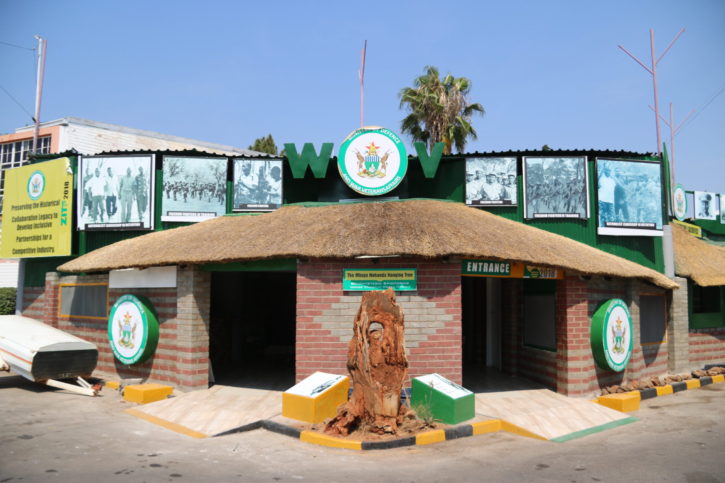
Bulawayo is the second largest city in Zimbabwe and the locals will tell you that if you have to get anywhere in the country, you have to come to Bulawayo. Be that a lore or truth, being the centre of Zimbabwe railways ensures that everyone looking for a train ride does arrive here. In fact, the history of Zimbabwe (formerly Cecil Rhodes’s Rhodesia) is linked with the railways which are headquartered here.
That brings me to the Railway Museum, Bulawayo’s star attraction – followed by Nesbitt Castle and delightful cafes which dot the city.
Meet Jack Tar
My taxi edges past a dilapidated yard and fetches up at the Railway Museum. I make my way into the museum eagerly. I am in a hurry to clamber up every engine that I have espied in the yard. This is train-heaven and only an enthusiast can understand what it means to see those lively engines staring at you from somewhere in the past.
The guide stops me. He is anxious to share information.
“This museum opened in 1972,” he begins importantly. “It has many models you might be interested in. Also, Jack Tar.” Before I can pop a question, he goes on to explain the history of the country’s railroad infrastructure, pointing out old steam locomotives (the oldest dating back to 1897) and some modern diesel trains. Despite myself, I am smitten with the exhibits. Suddenly the models and information panels, old telephones and signal lamps become real and exciting. If there was a story waiting to be told, it was to be found right here.
Museum Highlights Include –
- Cecil Rhodes coach
- Jack Tar, the first train to cross Victoria Falls bridge
- Old newspapers and photographs
My excitement is mounting. I beg to be left alone so I can climb the locomotives that once ruled the tracks. I want to walk through the magnificent coach of Cecil Rhodes, touch the wood panels and sit in his favourite chair. The coach was used to carry his body to his burial site in Matobo in 1902.
I want to run my hands over Jack Tar, the first train to cross Victoria Falls Bridge in 1905 that was the dream of Cecil Rhodes, something which he did not live to see.He leads me from one exhibit to another detailing history. This museum is manned by staff as passionate as the builder of it. He explains how the first narrow gauge trains traveled from Beira to Macequece in 1897 (today’s Manica) and how over the years it gave way to standard gauge (1.07m). He particularly stressed the time period when locomotives evolved from wood-burning engines to the Beyer Garett. And yes, you can see both these here.
He smiles in understanding.
Finally, I am left to fulfil my childhood fantasy of riding steam engines. I stare open mouthed at the heavy steam engines and diesel locomotives standing on the tracks…if only they could come back to life!
The museum houses a variety of general rolling stock including livestock wagons, passenger wagons, dining cars and locomotives that you can climb onto and a maintenance trolley that is functional. It is a unique world of 19th-century steam engines, diesel and electric trains and a hand-pump trolley.
I weaved in and out of old coaches, and alternated between being the locomotive- driver, station manager and track inspector and because I am the only visitor that morning, I get more than my two dollars’ worth of entrance fee without anyone photobombing me.
Matobo National Park: History in the hills
About forty kilometers from Bulawayo is Matobo National Park (also called Matopos), a vast granite forest with rolling hills, balancing rocks, rhinos, scraggly acacia and wildlife and a UNESCO World Heritage Site. The beauty of it is that even before I enter the park, I am surrounded by wildlife and huge boulders sitting atop others so precariously that I involuntarily let out silent screams every time I pass by them. The scenery is dramatic if not downright extraordinary.
Matobo National Park is unusual. I’ll tell you why. It is the only park where you can walk up to the rhino, literally, without being warned away by gun-toting rangers. Here I learn of the park’s huge rhino population, thanks to a conservation effort that involves dehorning the beast and making it less attractive to poachers. The effort paid off. The result is evident. Families of dehorned rhinos roam wild and free. I am told this park is home to the largest concentration of leopard, but it takes plenty of luck to sight one.
I am not so lucky.
There are no elephants or lions here – that means you can walk off into the forest just about anywhere and hope no leopard is watching.
Next on the agenda is looking at cave paintings. I briefly wonder why anyone would paint rocks around here. Or how. Reaching these caves require a steady and treacherous uphill walk over, surprise, more boulders. What is even more bizarre is that these rock paintings are thousands of years old. The early Bushmen made the caves their home and painted the walls with their mystic art before the Ndebele grazers chipped and shaped the valleys.
A large section of the park is fenced to contain wild like the kudu, sable and eland, and of course, black and white rhinoceros. But otherwise, warthogs, zebras, wildebeests, bucks and giraffe walk free.
Finally, I arrive at World View, at the summit of Malindizimu (hill of benevolent spirits) the place where Cecil Rhodes is buried. This perch is carved out of solid granite and surrounded with boulders shaped as different animals. From here, you can literally see until the end of the world and it is ethereal, especially at sunset.
Matobo is considered to be the spiritual home of Zimbabwe and it holds deep meaning for the local people. Mzilikazi, the Ndebele king is also buried here.
Over time, different people have left their mark – the hills of Matobo stand witness to centuries of culture, traditions, heroism and artistry.
Matobo Park Highlights
- Matobo Caves and san-bushmen rock paintings
- Resting place of Cecil Rhodes
- Balancing rocks
- Huge rhino population
- Breeding area for black eagles
While you are in Bulawayo…
Check out Nesbitt Castle, a gothic-style fortress that looks every bit like a castle in Scotland, perhaps without the ghosts. This 19th century castle was built by an eccentric admirer of Middle-Ages and was once a home. Today it is a place of visit and a venue for your dream wedding.
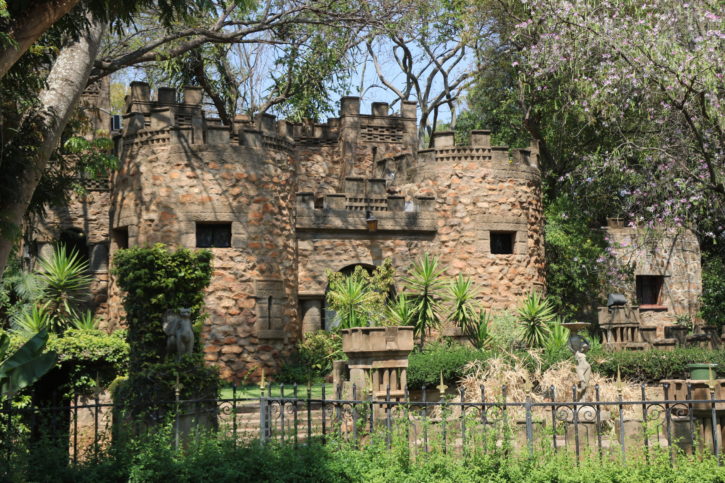
Visit the Natural History Museum to see African animals shown in their natural habitats and understand Zimbabwe’s history from Stone Age to Colonialism. Check out the Dodo egg or the pre-historic fish display.
Where to drink coffee?
If that is a question bothering you, let me tell you that Bulawayo has some lovely cafes serving some fine coffee. Of course, opinions may vary on what makes a good coffee shop (or even coffee), but coffee lovers will know just what I am talking about.
Two of my favourites are –
1. Middy’s Coffee Shop. Great decor and even better coffee.
2. Hideout Cafe. This one is Bulawayo’s leading coffee shops and located inside the National Gallery in Bulawayo.

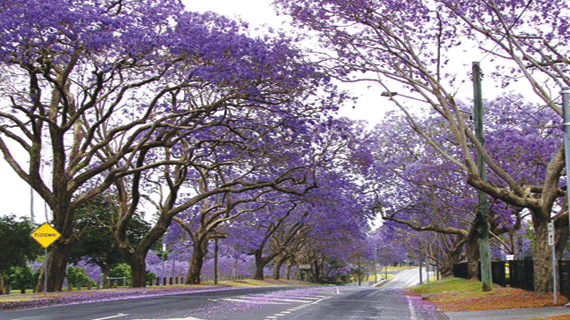
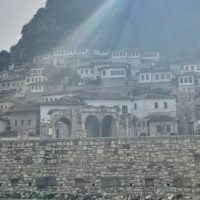



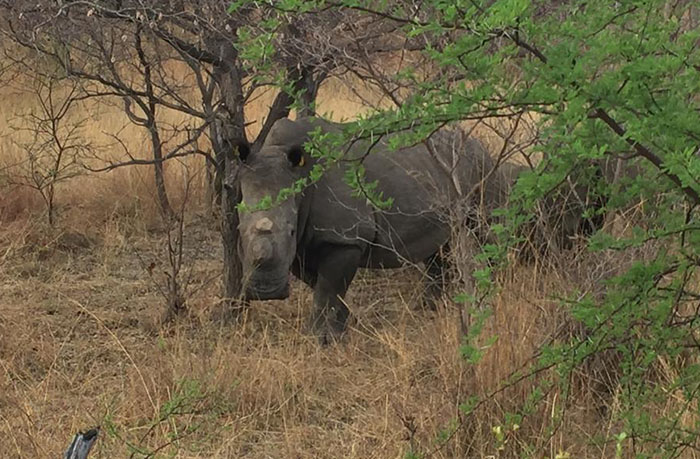
Bulawayo is a peaceful place
I would like to visit Bulawayo hence my grandfather originated from .I my meet some of his family
First time seeing this place ! It looks so beautiful! Would love to visit it some day!